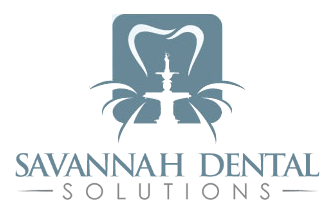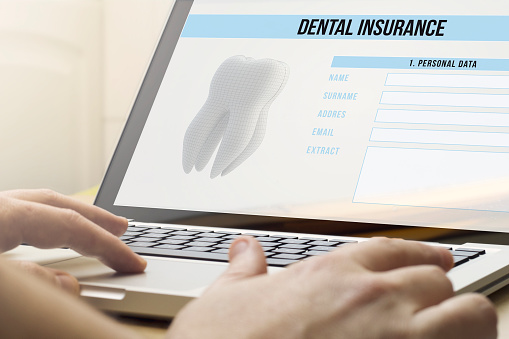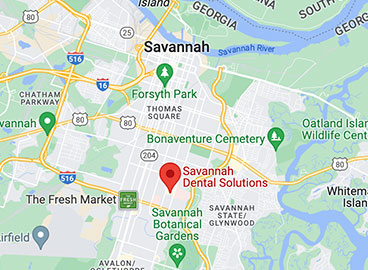What to Look For in a Dental Health Plan
Like health insurance, dental insurance pays a portion of your dental care expenses. Unlike health insurance, though, dental insurance is not covered by the Affordable Care Act (Obamacare). That means that dental insurance is not required to provide any particular list of essential benefits, nor are there any limitations on annual caps or waiting periods.
Good dental insurance is hard to find, and many families try multiple plans before settling on one that meets their needs. Still, decent plans do exist. Here is what you need to know to choose a dental insurance plan.
How to Purchase Dental Insurance
Some employers offer dental insurance as part of a benefits package, and some health insurers offer add-on dental insurance plans. However, independent dental insurance is not much more expensive than an employer-sponsored or add-on plan. It is worth shopping around the individual market rather than immediately accepting the first plan you are offered.
Kinds of Dental Insurance
Modeled after health insurance, there are three basic kinds of dental insurance, along with a non-insurance option. Which kind you need depends on your unique circumstances, from your family’s current dental health to your travel habits.
Dental HMO: A dental HMO (health maintenance organization) is typically the least expensive solution, but it is also the most restrictive. All of your dental work must be performed by providers that are in your network, and you will most likely need a referral to see a specialist. Emergency care may or may not be covered out of network, so check the fine print for details. If you travel frequently or want to choose your own specialists, or if your preferred dentist is not in the network, an HMO is probably too restrictive to meet your needs.
Dental PPO: A dental PPO (preferred provider organization) can be thought of as a less-restrictive HMO. The insurance company will pay a higher percentage when you visit an in-network provider, and somewhat less outside the network. Most PPOs do not require a referral for a specialist.
This mid-priced solution fits how the “typical’ patient receives dental work. You can visit an in-network provider for routine care, but have the flexibility choose someone else when you are traveling, or when you need additional services.
Dental Indemnity: The costliest but most flexible option, dental indemnity works well for those who frequently travel, as well as those whose chosen dentist is not part of a network. You can visit any dentist you choose, as long as that dentist agrees to accept the insurance plan. Dental indemnity plans are typically limited to the United States, but some also cover border towns in Canada and Mexico.
Dental Discount Plan: A dental discount plan is not insurance, but can be a great cost-saving measure. If you choose a dentist who accepts the plan, you will receive all of your care at negotiated discount rates. You can even combine a discount plan with insurance for further savings.
Types of Services
For insurance purposes, dental services are divided into three types: preventive, basic, and major. Preventive care is heavily emphasized, and is usually covered at a far higher percentage than other services. Many insurers also have loyalty incentives, covering each type of service at a higher percentage in the second year and beyond.
Preventive care stops dental issues before they can start. It includes such services as exams, cleanings, and X-rays. Preventive care is generally covered right away at 80 to 100 percent of the cost, and is almost always 100 percent covered by year two.
Basic care is designed to save a tooth. Procedures include root canals and fillings. Some insurers cover basic care right away, while others have a 6 to 12 month waiting period. Basic care may be covered at 50 to 80 percent depending on the plan specifics and loyalty incentives.
Major care is designed to restore a tooth, and includes such services as bridges, dentures, and crowns. A handful of insurers cover major care at 25 percent right away, but most plans have a waiting period of 12 to 18 months. After the first year (or waiting period, if longer), it is typically covered at 50 percent.
The Fine Print
Every insurance plan is quite different, and it is important to read the fine print to learn the exclusions and limitations. Most insurance plans have very low annual maximums, in the neighborhood of $1000 to $1500 per year. Any work above that cost is at your own expense. A few companies have annual caps as high as $3500, with correspondingly higher premiums.
There are also annual and lifetime limits on specific services. For example, your insurer might cover only two cleanings per year, even if your dentist recommends that you receive four. You might only be eligible for replacement dentures every 10 years, or a replacement crown every five years.
Braces and dental implants are handled quite differently from company to company. Some cover them as major services. Some do not cover them at all, or cover them only for children under 18. Some have separate co-pays, deductibles, and annual and lifetime caps on them. Read the plan very carefully if you or a family member are likely to need these services.
Is Dental Insurance Worth the Money?
Like most things in life, it depends. Unlike health insurance, dental insurance was not standardized under the Affordable Care Act (Obamacare). That means that there are no essential benefits, and no limitations on either waiting periods or annual caps. Therefore, it is vital to shop around for a plan that truly meets your needs.
There are three types of dental care: preventive (preventing future problems), basic (saving a tooth), and major (restoring a tooth). Preventive care is typically covered at 80 to 100% right away. Basic care and major care, though, may have waiting periods of a year or more, and may be covered at 50 percent or less.
Braces and dental implants may be treated as major care, may have their own waiting periods and coverage limits, or may be excluded altogether. If anyone in your family is likely to need these services, you must read the fine print.
In addition, dental insurers have annual caps, or the maximum amount they will pay in a year. A typical annual cap hovers at around $1000 to $1500 per person, though plans with higher premiums may pay as much as $3500 per person per year.
Find out the type of plan, such as an HMO or PPO, as this will affect which dentists you can choose. Also determine whether the plan pays the dentist directly, or whether you must pay and then file for reimbursement. Finally, check for limits on how often you can have various procedures repeated, even if your dentist wants you to have them more frequently.
Dental insurance can be worth the money, but you must shop carefully. Fortunately, prices on the open market are only slightly higher than those available for employer-sponsored plans, so you can shop for something that meets your needs rather than accepting whatever is offered.
Direct Pay vs. Reimbursement
The majority of HMO and PPO dentists, though not all, charge the patient for his or her expected portion of the costs and bill the rest to the insurance company. Some HMO and PPO dentists, and virtually all those who accept dental indemnity insurance, require you to pay the entire bill out of pocket and then wait for insurance reimbursement. Neither is right or wrong, but whether you are able to float the full expense could be a factor in selecting a plan and a dentist.
Married dentists Chad and Alexandra Schnabel welcome you to Savannah Dental Solutions. From caring children’s dentistry to high-tech cosmetic procedures, we blend the latest technology with traditional customer-oriented values. To start your journey to better oral health, call us today at (912) 354-1366.



